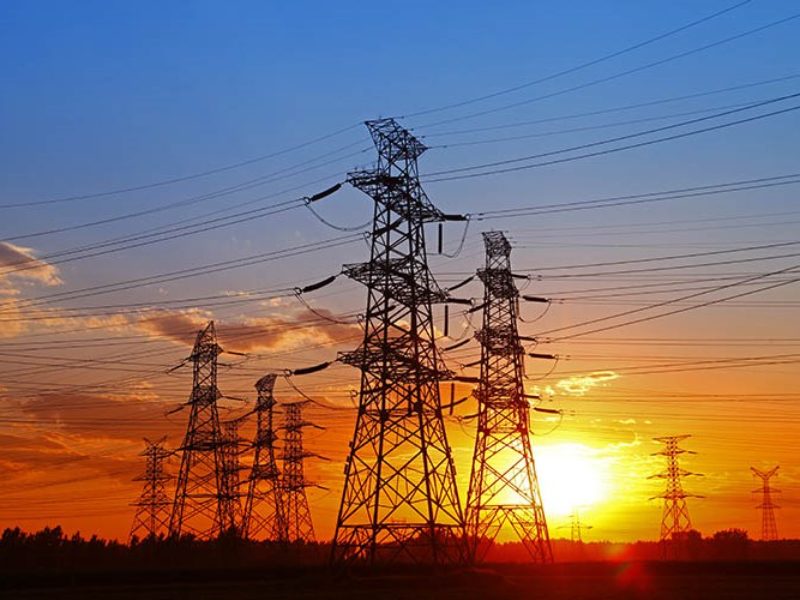- Electric power distribution delivers electricity from substations to consumers, stepping down voltages and maintaining reliability through radial and network systems.
- Domestic supplies typically receive single-phase power at 120 volts RMS, while three-phase power is used for larger loads, with grounding provided for safety.
Electric power distribution is the final leg of the journey that brings electricity from power plants to our homes and businesses. This complex yet critical process ensures that the energy we rely on daily is delivered safely and efficiently. In this blog, we explore what electric power distribution entails, the components involved, and how it works.
What is electric power distribution
Electric power distribution is the process of delivering electricity from the transmission network to individual consumers and it is the final stage of an electrical power system. It involves a series of steps that ensure the safe and efficient delivery of electricity, tailored to meet the specific needs of each customer. This includes stepping down the voltage to levels suitable for household and commercial use, as well as managing the distribution network to maintain reliability and quality of service.
Also read: Exploring nuclear power plants: Engineering energy solutions
Components of the electric power distribution system
Substations: These facilities house transformers that step down high-voltage electricity from the transmission lines to lower voltages suitable for distribution.
Distribution lines: These are the overhead lines or underground cables that carry electricity from substations to customers.
Meters: These devices measure the amount of electricity used by each customer, enabling accurate billing.
Service drop: This is the last section of the distribution line that connects to a customer’s premises.
Also read: Powering the future: Nuclear energy’s marvels and challenges
How does electric power distribution system work
In the power distribution section of an electrical power system, there are two main subsections: primary distribution and secondary distribution.
Primary distribution: Connecting consumers to the grid
Primary distribution lines, equipped with transformers near the clientele, operate at voltages from 4 to 35 kV. While industries connect directly to transmission lines, most consumers are linked to transformers that lower the voltage to a usable level. The distribution network is categorised into radial and network systems. A radial network, resembling a tree, connects each customer to the source with a single line, making it suitable for rural areas. Network systems, with multiple connections, are preferred in densely populated urban centres. Despite the simplicity of radial systems, modern designs include backup options for reliability. In rural areas, higher distribution voltages reduce the number of poles needed, thanks to the use of strong galvanised steel for long-distance spans.
Secondary distribution: Delivering electricity to households
Electricity’s properties include voltage, current, and frequency, typically 50 or 60 Hz. Single-phase power, delivered to domestic customers, shows a sine wave oscillating between −170 and +170 volts, providing an effective 120 volts RMS. In Europe and India, three-phase power is more efficient and better suited for large electric motors and appliances. A ground connection is provided for safety, limiting voltage surges when high-voltage conductors contact lower-voltage ones or if a transformer fails. This process is known as grounding.

